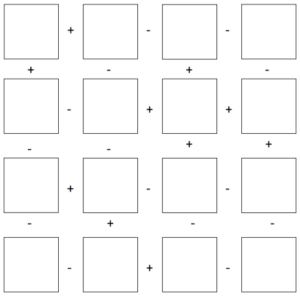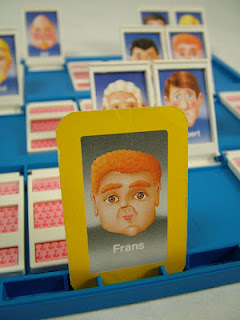**This post contains the materials and advice you’ll need to run a distanced math tournament with your district, division, school, province, state, classroom, family, coworkers, neighbours, etc., etc., etc.**
Honestly, the more math love, the better! (IMHO)
In mid-October, I designed a math provincial math tournament open to all middle school teachers in my home province of Saskatchewan, Canada. After writing up a blog post that served as a formal invitation, the tournament (which I affectionately called the Saskatchewan Mathematics Invitational Tournament–or #SMIT2020 for short) has been running for just over a month with over 80 classrooms from across the province playing Federico Chialvo’s delightful game MULTI. (see here for more information).

